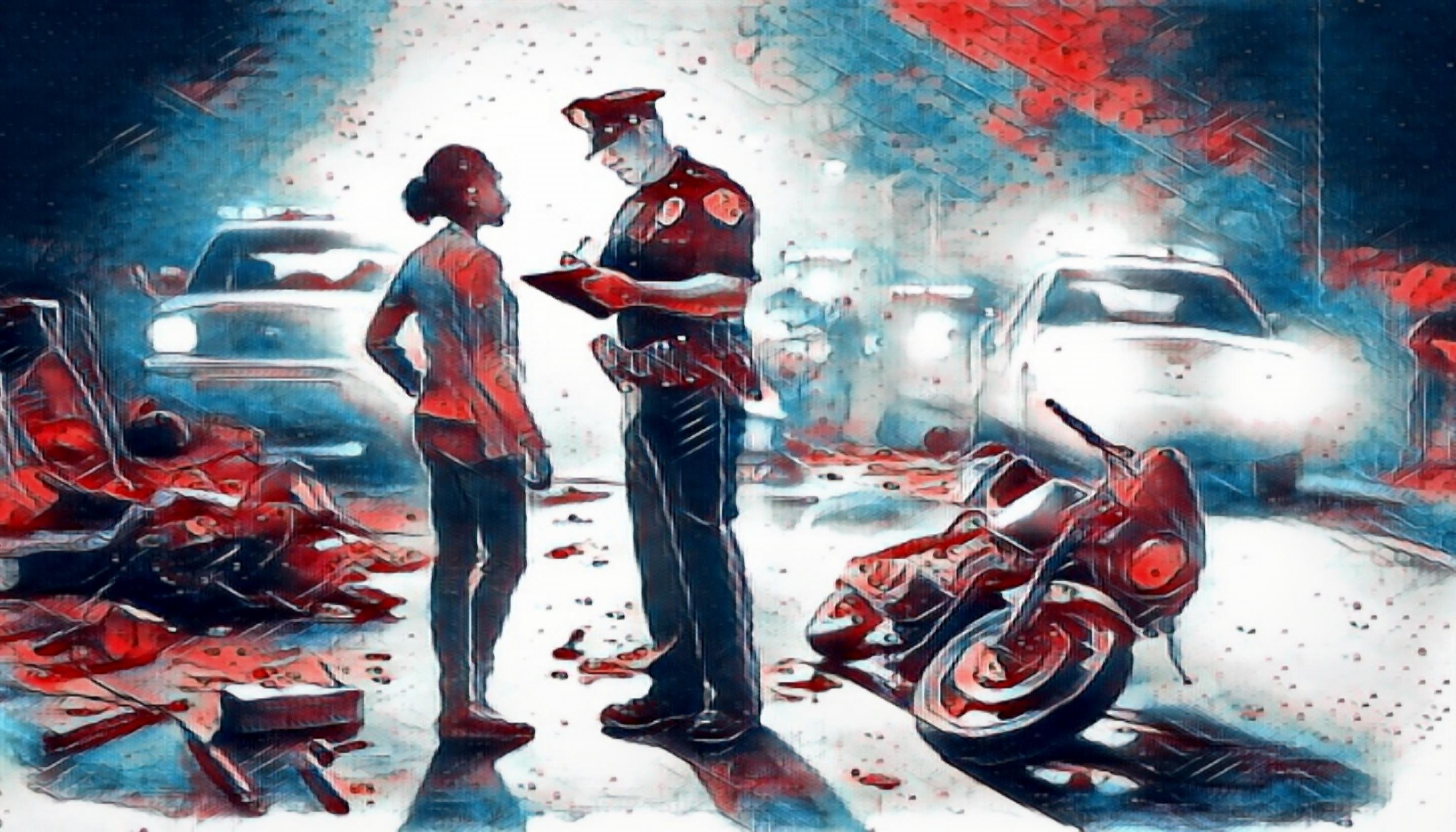Contact the police as soon as possible so that a report may be filed. Collect all identification and insurance information from the parties involved. If anyone refuses to exchange information, this is against the law, and we recommend calling the police. Take pictures of all vehicle damages and debris or skid marks on the road. In general, there is an insurance bias against cyclist cases with no witness testimony, so an accident reconstructionist might be advised to confirm liability.
What Should I Do After I Have Been In A Motorcycle Accident?
The first thing to do after an accident is to see a doctor. Symptoms of pain and injury may not appear until days after the accident, once the body comes out of shock. Always remember, no matter the liable party, your well-being always comes first.
The next step is to notify the insurance company that you've been involved in an accident to begin the process of resolving the incident. You will be assigned an adjuster who will take recorded statements and all evidence of the accident. We strongly recommend obtaining legal advice before making any recorded statements.
While your bike is being repaired, you may be entitled to a rental or "loss of use" settlement. If you are not at fault, the other party must provide you with a temporary method of transportation for the duration of repairs. In most cases, cyclists are paid a "loss of use," a reasonable daily rental value while the vehicle is in the shop.
If your insurance provider offers rental coverage, you may receive a rental through them. The loss of use period starts on the accident date and ends once the first property damage settlement check is received.
Is There A Time Limit To Seek Compensation?
California lawsuits related to cyclist accidents commonly take up to two years to resolve. This time span is known as the "Statute of Limitations." A claim against a governmental entity must be filed within six months of the date of loss. We recommend contacting an attorney to discuss any concerns regarding the statute of limitations.
What Happens If My Motorcycle Is Totaled?
There are a few ways to resolve the issue of a totaled bike due to an accident.
The insurance company will pay the vehicle's fair market value, either to you or the bank that holds the loan. Sometimes, clients who purchase a brand-new bike are left with the remainder to pay out of pocket because the fair market value drops significantly on a new motorcycle. Extra insurance, known as "gap insurance," can be purchased in case of an event like this to cover the difference between the market and loan values.
If you wish to keep your bike in its totaled condition, you may be able to do so by "retaining salvage." The insurance company will take the original property damage amount, deduct the salvage price, and disburse the remainder to you. It is then your responsibility as the owner to notify the DMV of the new "salvage title." This title change will likely reduce the motorcycle's resale value.
